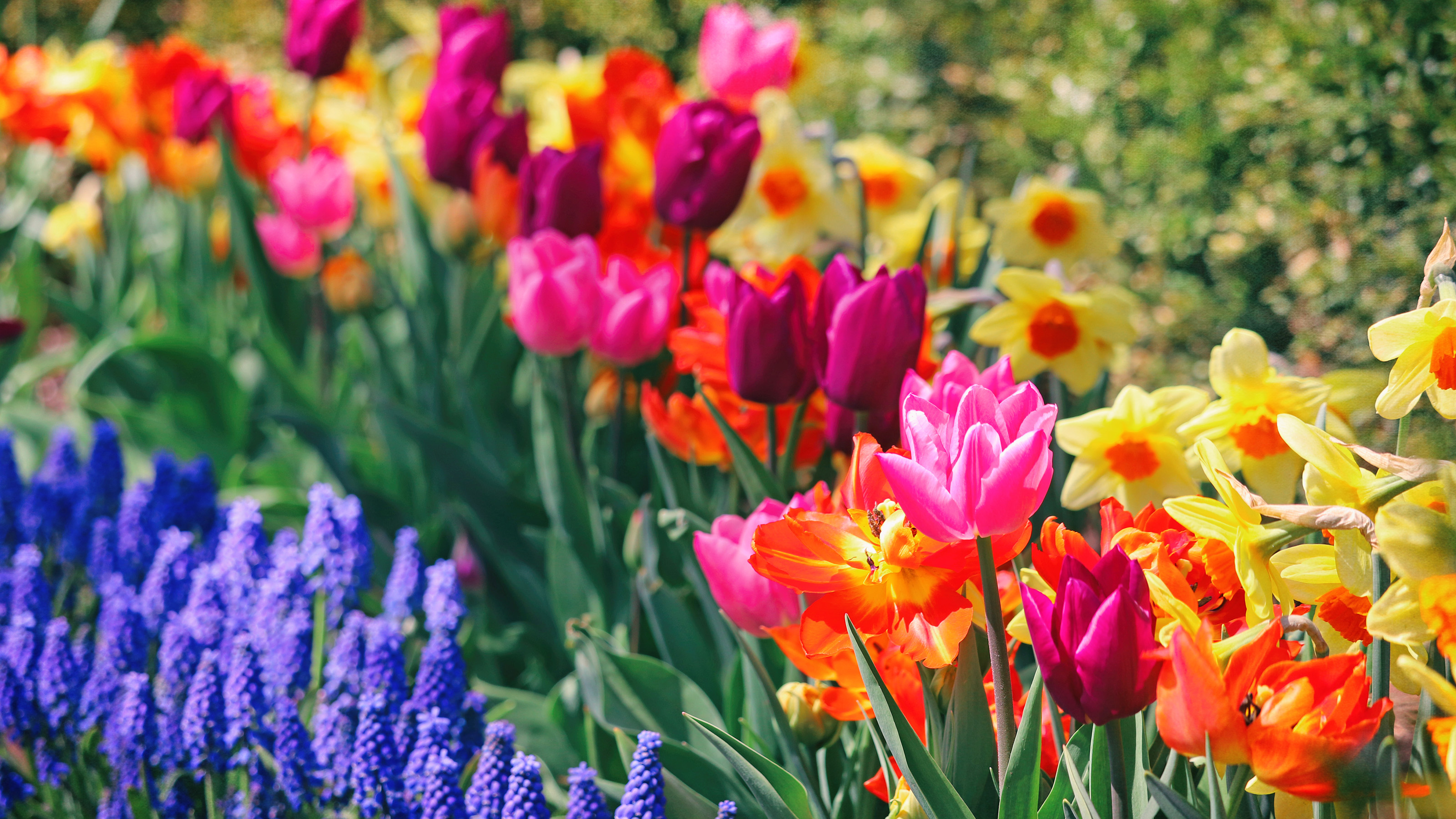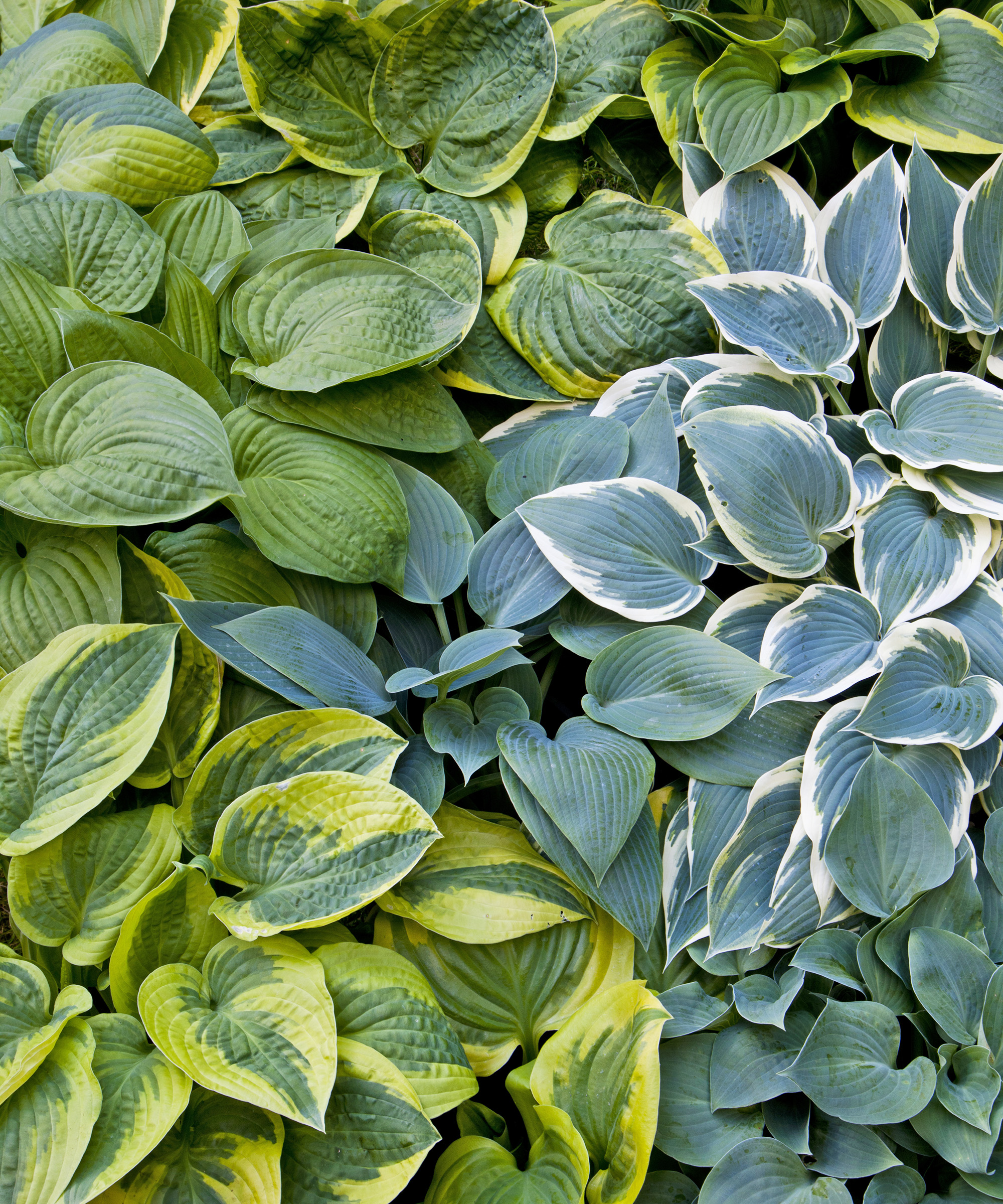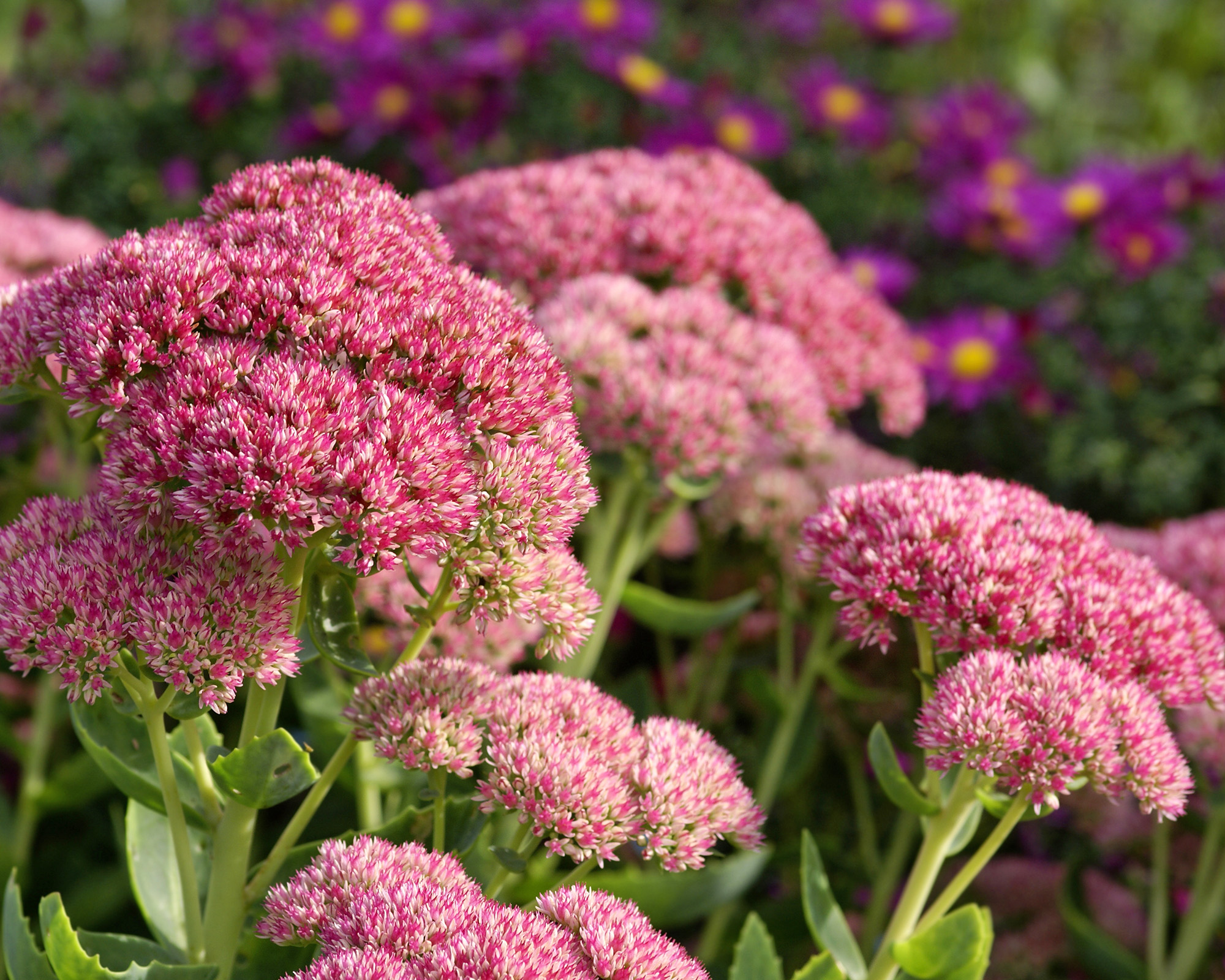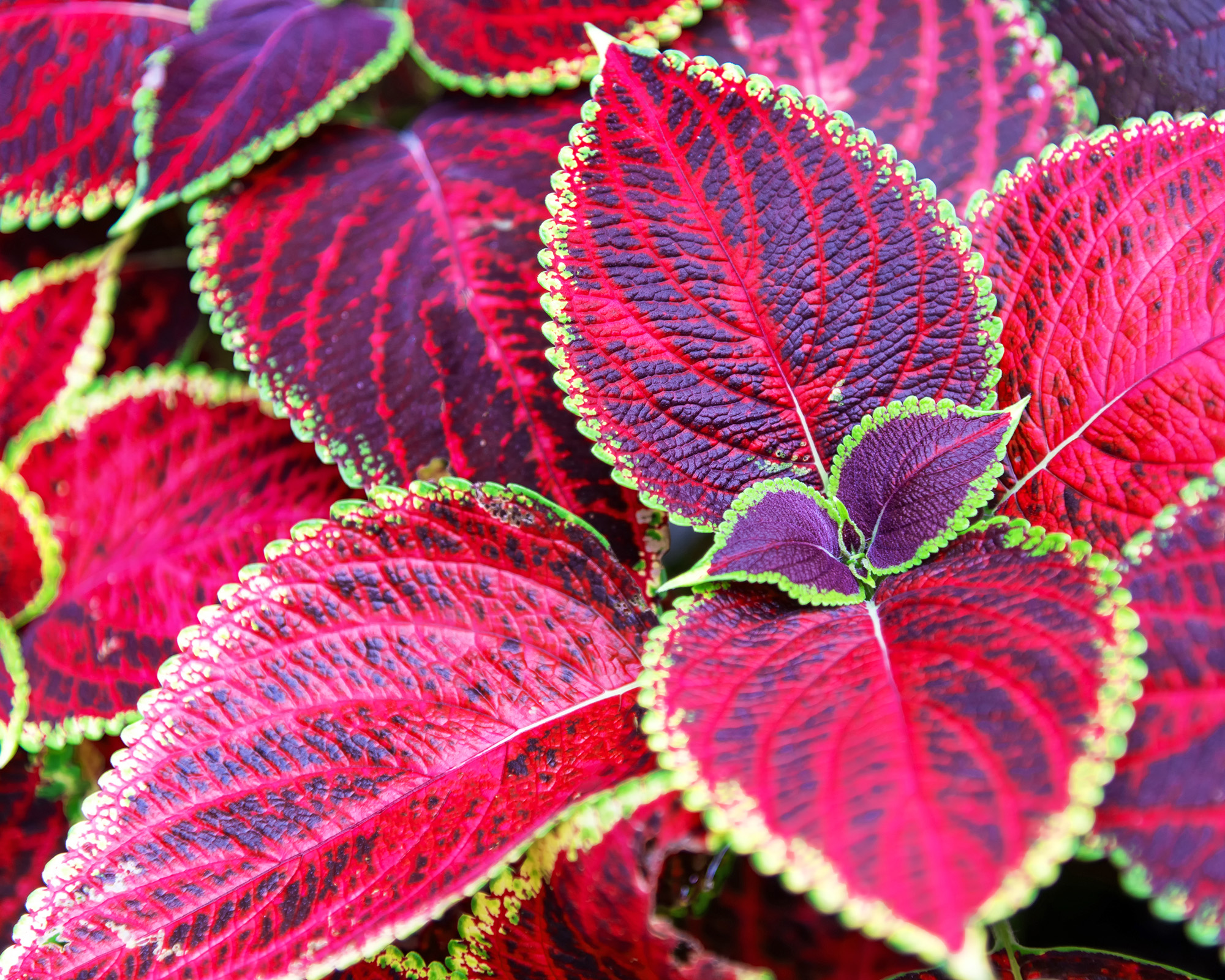What to Plant After Spring Bulbs Have Died Back – 8 Stunning Ideas
When spring bulbs die back they leave unwelcome gaps and fading foliage in their wake. But with some clever planting choices, this can be concealed. Discover the best options to take their place for beautiful beds all season long.


There are few things gardeners look forward to more than the first glimpse of sprouting spring bulbs. Planted in fall, these bulbs are the first flowers of spring and lift our spirits after a long winter. The only problem is that once they die back, the stems and leaves can be unsightly.
It is important to keep the dying foliage in place. These plants need their leaves to continue gathering energy from sunlight. This energy is stored in the bulbs and contributes to next year’s blooms.
Be strategic about placing other plants to hide and disguise fading spring bulbs and to keep your beds looking pretty and tidy.
This curated selection of flowering and foliage plants will work for most gardens. However, you should always check a plant is compatible with your USDA planting zone before investing.
1. Daylilies

Daylilies are a good choice for several reasons. The leaves are small early in spring and won’t cover flowering bulbs. They bloom in summer so that you get both spring and summer flowers in the same area. Finally, once they fully leaf out, the foliage will cover fading bulb leaves.
Daylilies are perennials that grow well in USDA zones 3 through 9. They grow two to three feet tall and about two feet wide. Plant them in full sun and water regularly until they are established. Use a general fertilizer to encourage abundant blooms and divide the plants every few years to keep them healthy.
2. Hostas

Like daylilies, hostas leaf out later than bulbs, so they won’t cover the flowers. Many varieties of hostas have a large spread. Once fully leafed, they provide good cover for dying bulb foliage. Some varieties that suit this purpose include ‘Empress Wu,’ ‘Coast to Coast,’ and ‘Diamond Lake.’
Sign up for the Gardening Know How newsletter today and receive a free copy of our e-book "How to Grow Delicious Tomatoes".
Grow hostas in zones 3 through 9 in partial or full shade. Once established, they don’t need much care. Water only as needed. The size of hostas varies significantly by cultivar, and there are many. You can easily find the right size in a range of colors.
3. Heartleaf Brunnera

Brunnera produces pretty little blue flowers around the same time as spring bulbs, providing a nice combination of colors and textures. Once both plants are done blooming, brunnera’s variegated leaves cover and hide the fading foliage of the bulbs while providing additional visual interest.
Brunnera is a shade plant, so grow it under trees. The spring bulbs will get plenty of light before the tree fully leafs out in spring. Brunnera grows up to 18 inches tall and nearly three feet wide and is hardy in zones 3 through 8. Water brunnera in its first year to help it get established and apply a general fertilizer once a year.
4. Catmint

Catmint is a perennial that puts on a show in early summer with abundant flower spikes in lavender, pink, or white. Catmint blooms in early summer as bulbs are fading. It provides a showy distraction and good coverage for yellowing bulb foliage.
Grow catmint in zones 3 through 8 and in an area with full sun. Provide regular water throughout the first growing season. Fertilizer can do more harm than good with catmint, so avoid it or use a top dressing of compost if the soil is nutrient-poor.
5. Stonecrop

Also known as sedum, stonecrop is a great companion for spring bulbs. When bulbs are blooming in all their spring glory, stonecrop is just starting to emerge from the ground. Once the bulbs have faded, stonecrop produces a mound of dense foliage to hide them. It then provides summer and fall flowers.
Choose a variety of stonecrop that grows tall enough to cover fading foliage. At its tallest, stonecrop can be two feet tall and wide. It is a hardy perennial in zones 3 through 10 and thrives in full sun. Water stonecrop in its first year and don’t bother with fertilizer, as it grows best in poor soil.
6. Butterfly Bush

A small or medium shrub can be a great cover for fading spring bulbs. Butterfly bush leafs out later in spring, so it won’t obscure bulbs while they are in bloom. Once the bulbs are finished, the arching stems and purple flower spikes of the bush cover them. As a bonus, this shrub attracts pollinators.
Grow butterfly bush in zones 5 through 10. Butterfly bushes can grow up to 12 feet tall, but many varieties are much smaller. The wild species can also be invasive, so choose a variety bred to be sterile.
Provide full sun and well-drained soil. Water butterfly bushes regularly in summer if there is no rain. Prune it as needed to maintain the desired size and shape.
7. Ferns

Ferns provide interesting foliage and good cover for fading bulbs. Most ferns do best in shady spots, so use these under trees where bulbs bloom before the leaves of the trees shade them too much. Once the bulbs start to fade, the ferns will quickly begin to leaf out and cover them.
Growing zones and sizes vary significantly depending on the type of fern. Choose a species that is hardy in your area and that grows tall enough to cover bulbs. Some good options include lady fern, ostrich fern, autumn fern, and Christmas fern. Grow in partial to full shade and in soil that stays moist but not soggy. Water new ferns as they get established.
8. Coleus

Perennials are a great choice for hiding bulbs, but don’t forget annuals. Coleus is a popular annual in many areas for its striking and colorful foliage. Put in coleus around your spring bulbs. They will grow as the bulbs fade, providing pretty coverage. Some varieties grow as tall as three feet, but there are many options.
Coleus is hardy in zones 10 and 11 and grows as an annual in most gardens. Water it regularly throughout the growing season and apply a balanced fertilizer about once a month.

Mary Ellen Ellis has been gardening for over 20 years. With degrees in Chemistry and Biology, Mary Ellen's specialties are flowers, native plants, and herbs.